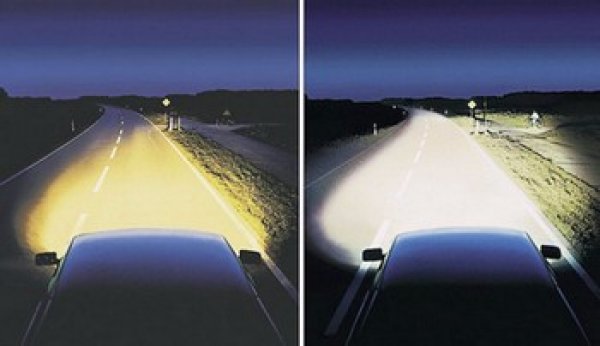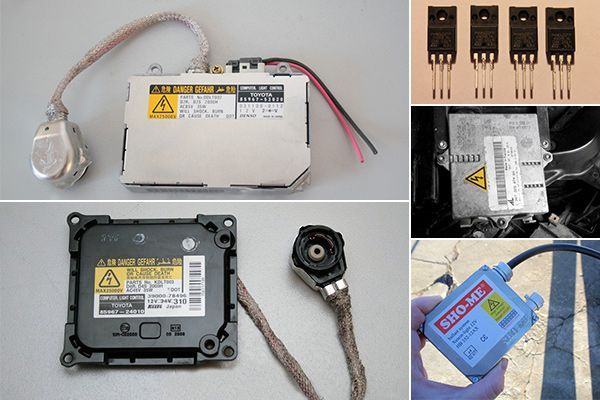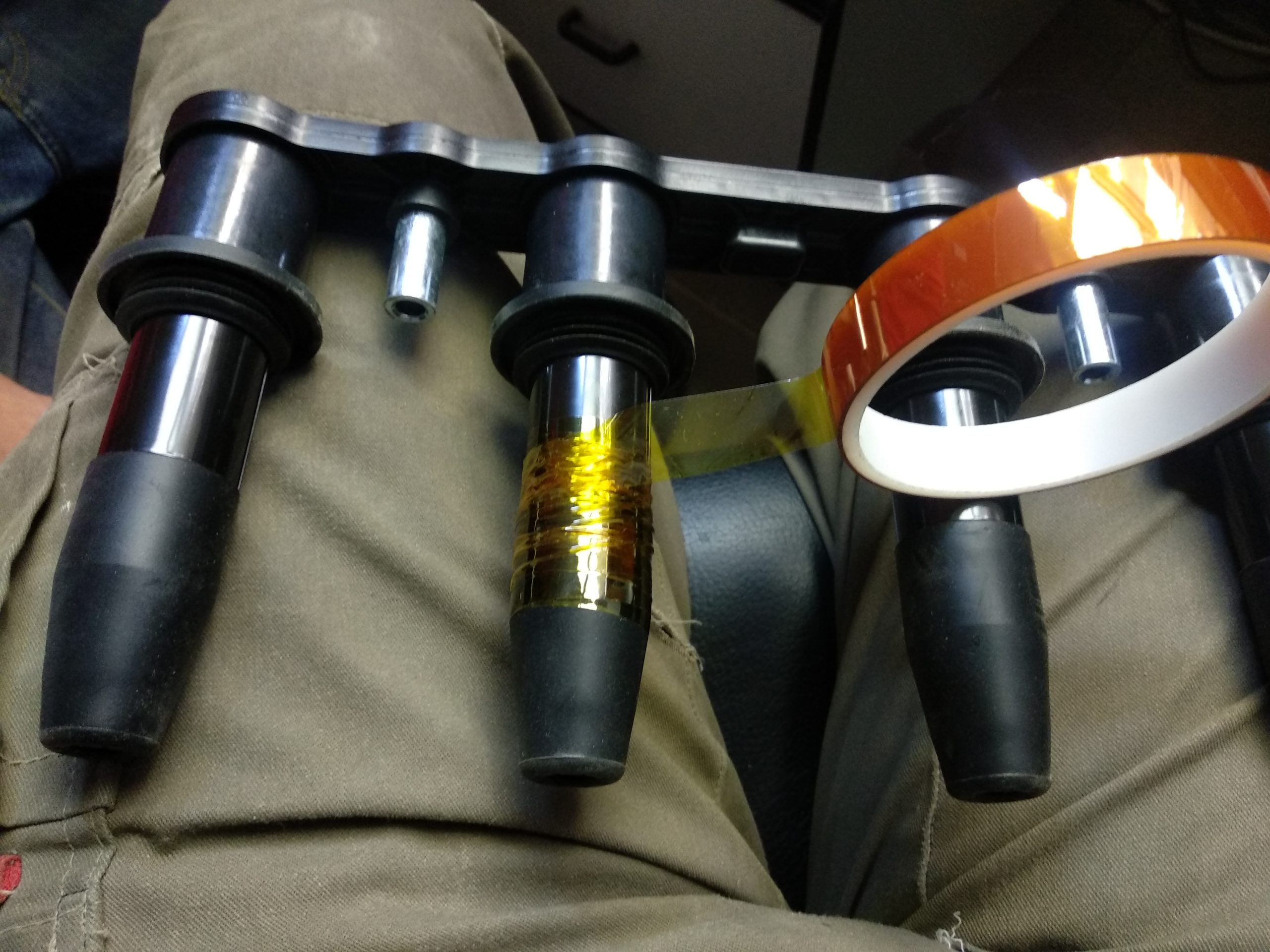
What is the difference between xenon and bi-xenon?
Content
In connection with providing better visibility for drivers on the road, xenon is becoming more common. Xenon lamps are gas-discharge light sources that are placed in the head optics of a car and provide high-quality, rich and powerful lighting.
What is the difference between monoxenon and bixenon?
There are many types of xenon lamps that you, as a driver, should definitely be aware of, because sooner or later the moment comes when you need to replace the lamps.
In order to understand how monoxenon differs from bixenon, one should consider the issue of construction type xenon lamps.
Monoxenon - These are light bulbs with a fixed bulb. They provide only one mode of light - either near or far. These lamps can be both original and universal.
Bixenon - These are light bulbs that have a movable bulb and a special curtain. By the principle of magnetic resonance operation, they provide both near and far beam of light. When you switch modes, the magnet lowers or raises the lamp, which guarantees the issuance of one or another type of light. Usually, bi-xenon lamps are universal, since the original ones do not have this principle of operation.
What is better xenon or bi-xenon?
Bi-xenon is like 2 xenon lamps in one housing. That is, a bi-xenon lamp is the same xenon lamp in which an additional reflector is installed with switching to low / high beam. The reflector changes the focal length of the light source. It's like in a flashlight, in which you can rotate the lens to change the luminous flux closer - farther. with the help of an electromagnetic system, this can be done much faster. That is, the car drives, shines near, if necessary, due to the movement of the lamp relative to the headlight reflector, instantly switches to the far one.
Bixenon is installed on cars with combined optics - in which separate optics are not provided, that is, separate headlights for low and high beams. If your car headlights use H4 sockets, then in 99% of cases they will have to use bi-xenon, not xenon.
But, when equipping a car with bi-xenon lamps, you need to consider the following:
- some types of bi-xenon lamps may not be structurally suitable for regular places;
- if the compatibility of the light fluxes of the bi-xenon lamp with the standard optics mount is violated, most likely, oncoming drivers will receive an extra portion of blinding light, this will also affect your safety;
- additional lenses must be structurally and electrically compatible with the headlamp.
Competent sellers will help to deal with these technically complex issues, and for their installation it is better to contact specialists who have experience in this matter.
Thus, it can be concluded that in the question, which is better xenon or bixenon, it is rather difficult to give an unambiguous answer, since they are practically the same thing. From the point of view of convenience, it will certainly be better to install bi-xenon - one lamp will provide both high and low beam. While installing conventional xenon, you will also have to install "halogens" that will provide you with high beams. If you take into account the price, then xenon lamps win, since expensive bi-xenon will cost many times more, and you will also have to pay a lot for its installation.
And if in general, then buying each of the two contenders, you win in any case, because both xenon and bi-xenon are much better and more efficient than ordinary "halogens" in which incandescent lamps are installed.

